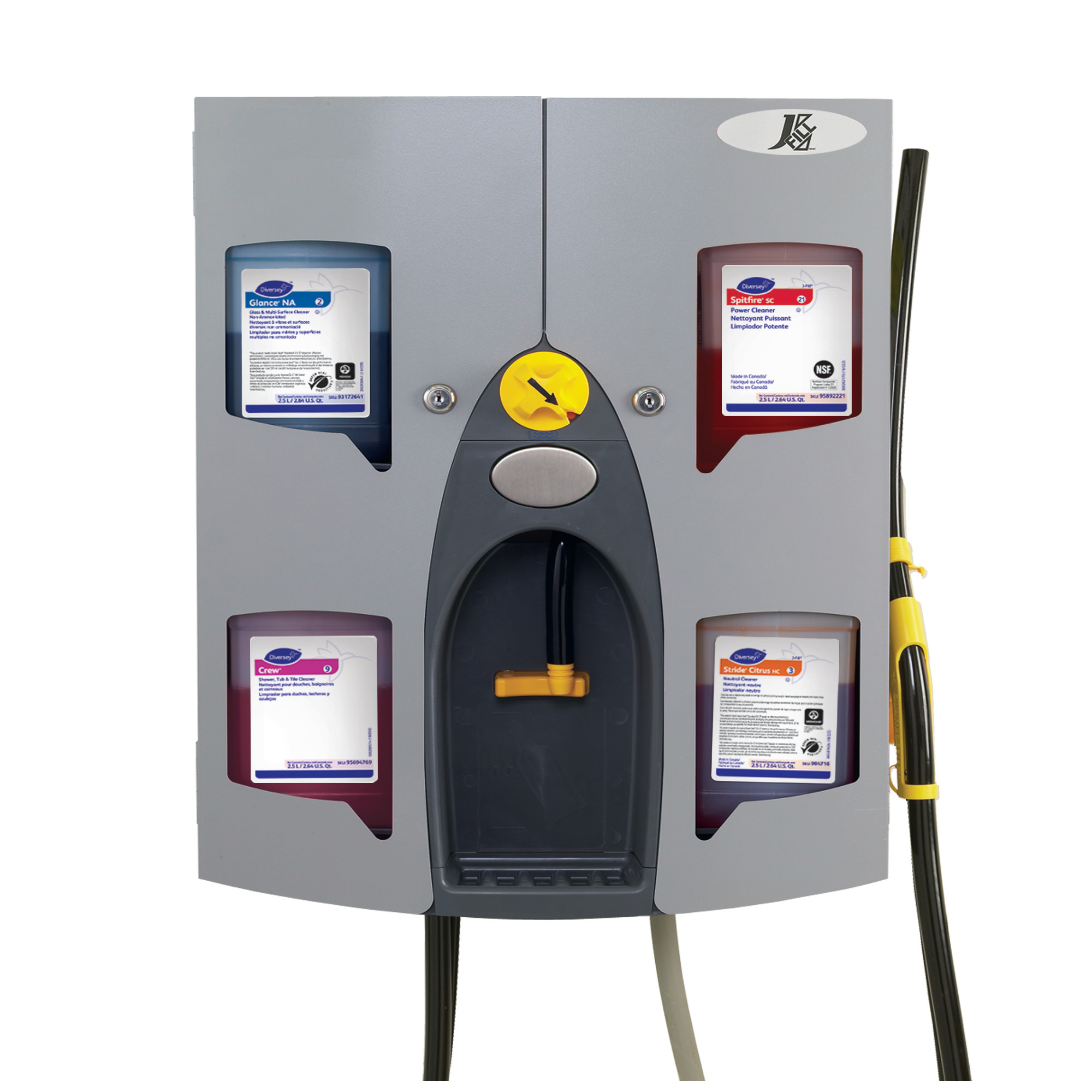Introduction:
In the quest for a more sustainable lifestyle, every small choice we make, including our waste management practices, plays a crucial role. Bin liners, often overlooked in the waste disposal process, can make a significant impact on the environment. In this blog post, we'll explore different types of eco-friendly bin liners, including compostable, biodegradable, and other environmentally conscious options.
- Compostable Bin Liners:
Compostable bin liners are designed to break down into natural elements under composting conditions. Made from organic materials like cornstarch or sugarcane, these liners are an excellent choice for those aiming to reduce their environmental footprint. When disposed of in a composting facility, they break down into nutrient-rich compost, contributing to soil health.
- Biodegradable Bin Liners:
Biodegradable bin liners decompose naturally over time, thanks to the action of microorganisms. These liners are typically made from materials like PLA (polylactic acid) or plant-based polymers. While they break down faster than traditional plastics, it's important to note that the term "biodegradable" doesn't guarantee a specific timeframe or the absence of environmental impacts. Proper disposal in a composting environment or industrial composting facility is recommended for optimal results.
- Recycled Content Bin Liners:
Choosing bin liners made from recycled materials helps close the loop on the waste cycle. These liners are often produced from post-consumer recycled plastic, reducing the demand for new raw materials and decreasing the overall environmental impact. Look for options that clearly state the percentage of recycled content to make an informed choice.
- Oxo-Biodegradable Bin Liners:
Oxo-biodegradable bin liners contain additives that accelerate the breakdown process. While these liners do break down into smaller pieces faster than traditional plastics, the debate over their environmental impact continues. Some argue that the smaller particles can persist in the environment, while others believe they offer a more rapid degradation alternative.
- Reusable Bin Liners:
For those seeking a longer-term solution, reusable bin liners made from durable materials like cloth or strong polyethylene provide a sustainable option. They can be easily washed and reused, reducing the overall waste generated.
Conclusion:
Choosing the right bin liner is a small yet impactful step towards a more sustainable lifestyle. Whether you opt for compostable, biodegradable, recycled content, oxo-biodegradable, or reusable bin liners, each choice contributes to minimizing environmental impact. Consider your local waste disposal infrastructure and choose the option that aligns with your values and lifestyle, making a positive difference in the world of waste management.
